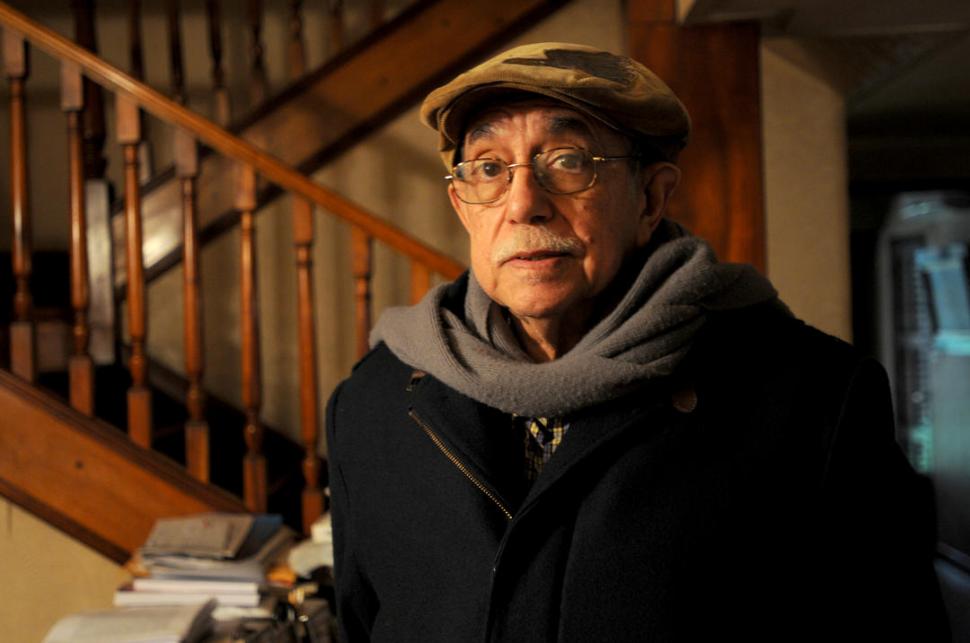Here's an article on the application process that precedes the medical match:
Gruppuso, Philip A. MD; Adashi, Eli Y. MD, MS
Academic Medicine, 92(7), July 2017, p 923–926
Abstract: The transition from undergraduate medical education to graduate medical education (GME) involves a process rooted in the final year of medical school. Students file applications through the Electronic Residency Application Service platform, interview with residency training (i.e., GME) programs from which they have received invitations, and generate a rank-ordered preference list. The National Resident Matching Program reconciles applicant and program rank lists with an eye towards matching students and GME programs. This process has effectively served generations of graduating medical students. However, the past several decades have seen an intensification of the residency placement process that is exemplified by an inexorable increase in the number of applications filed and number of interviews accepted and attended by each student. The authors contend that this trend has untoward effects on both applicants and departments that are home to GME programs....
"... in 2015, senior U.S. medical students applied, on average, to 73 of the 163 orthopedic surgery programs and 47 of the 105 neurological surgery programs (based on data extracted from the AAMC 8 and the NRMP 9,10). What is more surprising is that even less competitive disciplines may now be seeing an ever-growing flood of applications. This contention is supported in part by recent observations according to which GME programs in nearly all disciplines have seen a marked increase in their application traffic. For example, the percentage of pediatric GME programs to which graduating U.S. medical students have applied on average increased from 9.8% to 13.7% during the five-year interval from 2010 to 2015.10 For internal medicine GME programs, the corresponding figures are 4.9% to 6.0%.8–10 In making these decisions, students appear to be keeping their own counsel against the advice of medical school advisers and mentors advocating moderation.
...
"The increasing number of applications has another important consequence for GME programs. With an expanding burden of reviewing applications, the use of quantitative metrics as “screens,” the United States Medical Licensing Examination (USMLE) Step 1 exam in particular, may assume an increasing role. This trend, one that is viewed by many as a serious problem,15 may further erode emphasis on students’ backgrounds and qualitative indicators of performance, including letters of recommendation and narrative performance evaluations. Should this occur, it could have a detrimental effect on the ability of GME programs to achieve diversity by reducing the selection of students from disadvantaged educational backgrounds who may be at risk for underperformance on standardized examinations.
Apart from the preceding considerations, the growing intensity of the residency placement process has been progressively eroding the residual educational value of the fourth and final year of medical school.16–19 This reality, in its own right, would appear to warrant a reevaluation of the extant residency placement construct. Such reassessment may prove all but inescapable before too long if and when the four-year medical school curriculum is ever replaced with a three-year counterpart.20,21 Under these circumstances, the current resident selection paradigm is likely to prove unworkable and in need of redesign.









